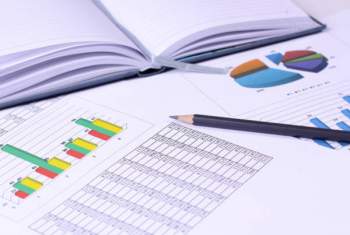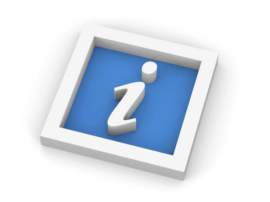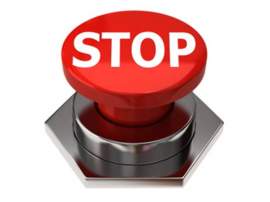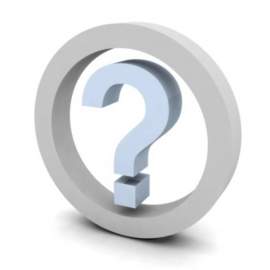
Learn About Business Loan Rates Here

As a result of the numerous types of business loans available, there is a number of correlating business loan rates that a company will operate under. Business loan rates, in the macro-economic sense, possess a few key variables. For instance, the overall health of the economy will dictate the amount of small businesses forming, the amount of lending, and the overall interest rate. In addition, the health of the economy will also dictate the willingness for banks or financial institutions to offer loans.
All business loan rates depend on a number of key factors, including the amount of the specified loan, or the amount borrowed, the financial strength of the business, the presence of collateral, the length or term of the loan, and most importantly, the credit rates and history of the borrowers. These variables will greatly shift the interest rates, the amount borrowed, and the terms of the small business loan. In general, the small business loan rates are as follows:
Lines of credit awarded to construction companies, also known as construction loans--Wall Street Journal Prime Rate is 0-6%.
Adjustable rate term loans--3 to 5-year mid-market par swap are 2-6%.
Variable Rate Term Loans --Wall Street Journal prime rate is 0-6%.
The Wall Street Journal Prime Rate is a benchmark that is used to set home equity lines of credit. Furthermore, it is a great indicator of the lending market. Small business loan rates for secured lines of credit are floating and are based on the Wall Street Journal Prime Rate. Credit lines of $2,500 or more have a 55% floor. In contrast, unsecured lines of credit have a 6% floor for all loans under $100,000.
NEXT: New Business Loan vs Existing Business Loan




















